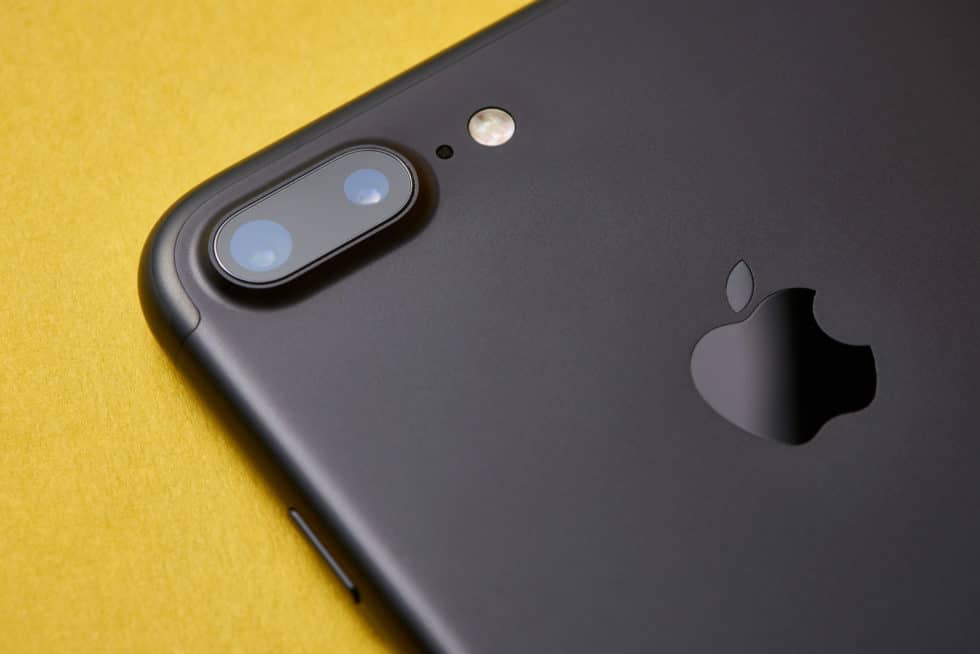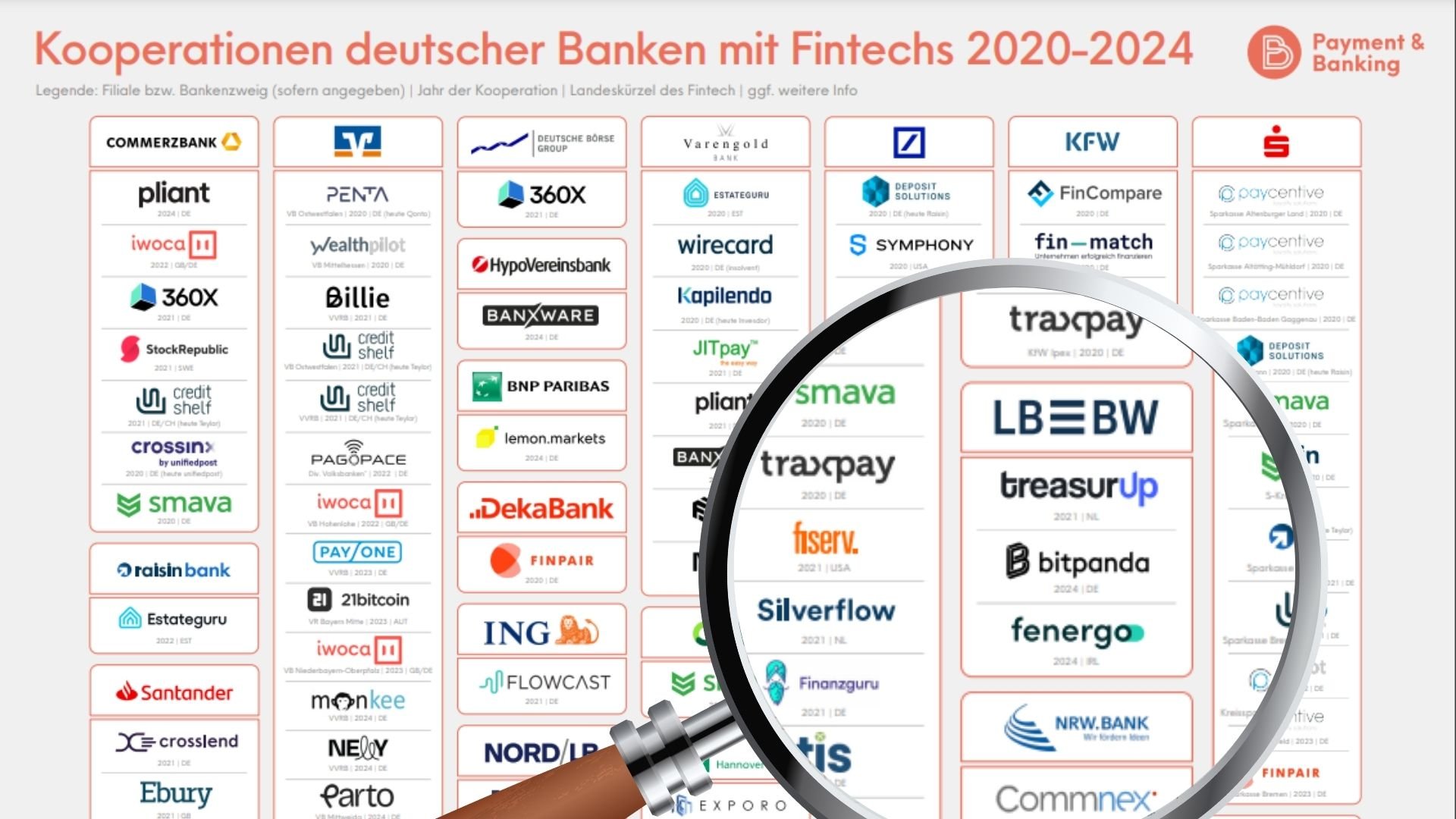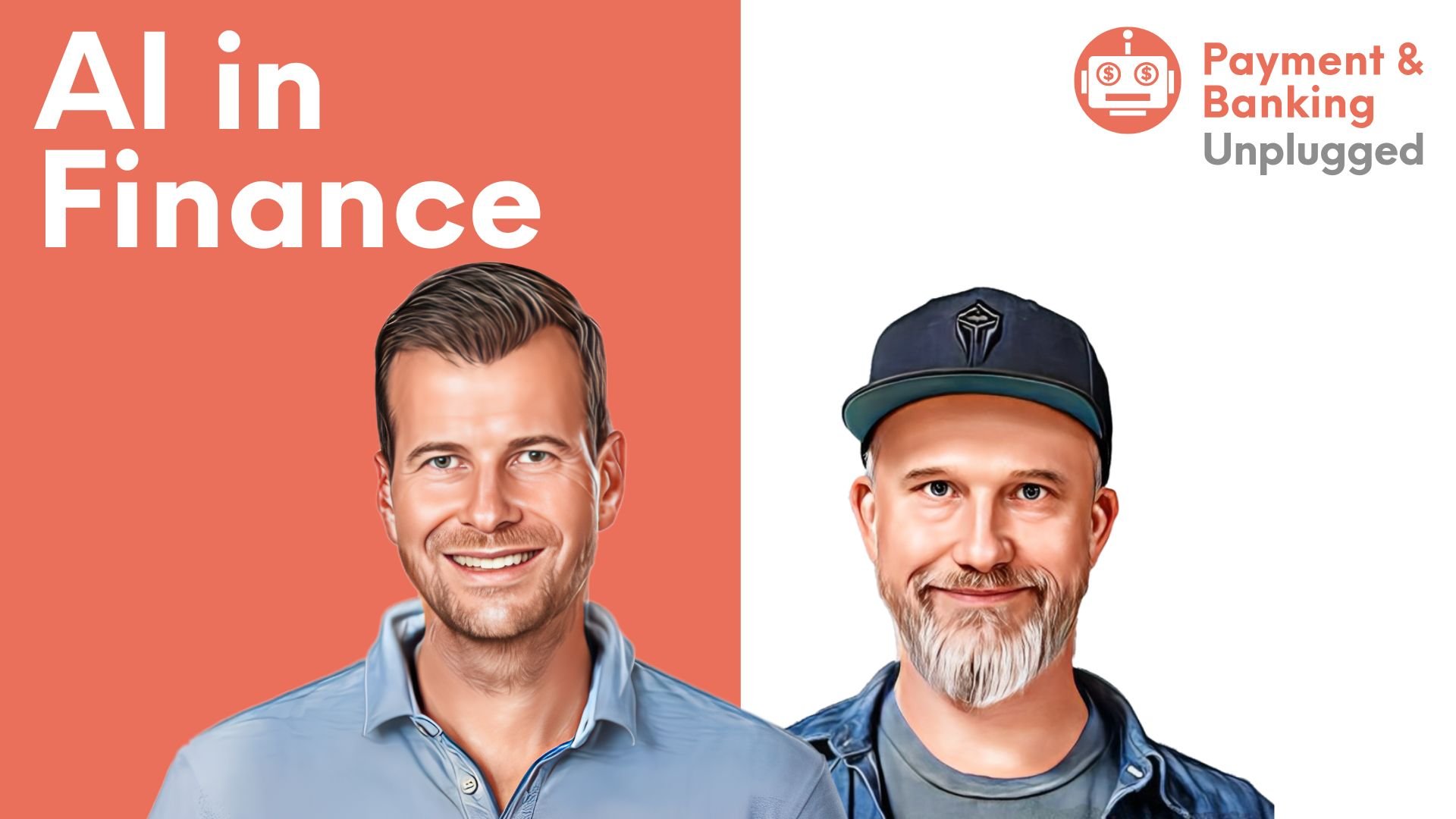Als Apple am 25. März 2019 mit der Apple Card in Kooperation mit dem Issuer Goldman Sachs eine eigene Mastercard vorstellte, dürfte der ein oder andere Bankvorstand die Luft angehalten und etwas schlechter geschlafen haben als sonst schon. Nach dem sich die Banken insbesondere außerhalb der USA schwer damit getan haben, Apple Pay mit ihren Kreditkarten zu unterstützen, bringt Apple einfach eine eigene Kreditkarte. Aber es wäre nicht Apple, wenn diese Kreditkarte sich nicht von anderen Karten unterscheiden würde. Was die Apple Card ist, was sie kann, und was nicht? Eine Übersicht.
Apple wird (k)eine Bank
Im Werbespot betont Apple, keine Bank zu sein und genau das ist Apple auch nicht. Trotzdem bietet das Unternehmen mit der Apple Card eine eigene Mastercard Kreditkarte an. Auch wenn es eine Apple Card ist, die dahinter liegende Issuing Bank ist Goldman Sachs. Wie bei Apple Pay auch, liefert Apple die Kundenschnittstelle, im Maschinenraum werkeln andere – bei der Apple Card, Goldman Sachs.
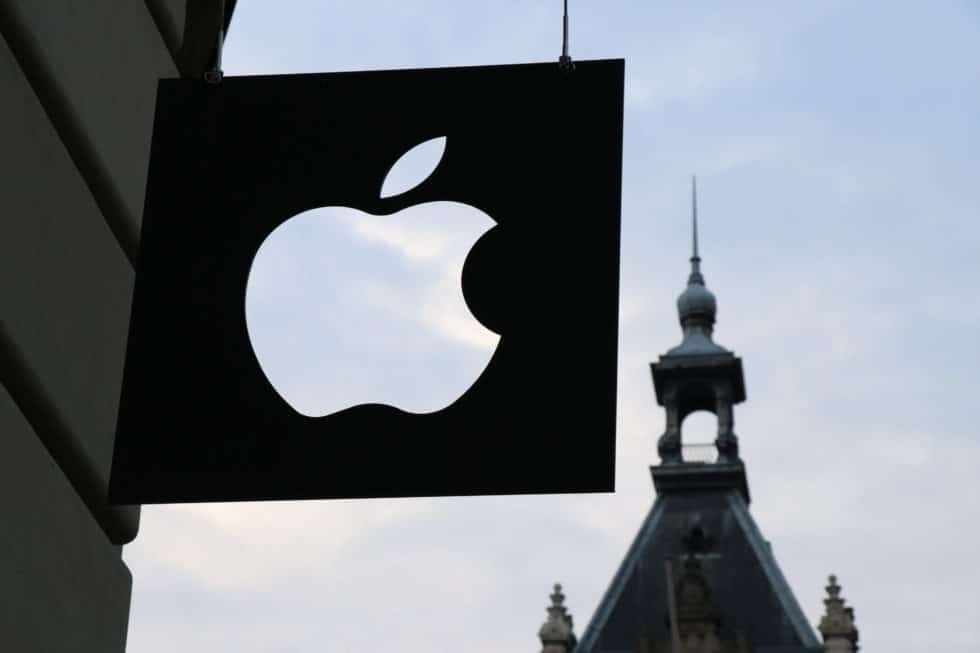
Und weil Apple keine Bank ist, gibt es auch keine Gebühren. Auch hier wird sehr offensiv darauf hingewiesen keine Gebühren zu nehmen, auch keine versteckten. Apple bietet also eine rundum kostenlose Kreditkarte, die sich sowohl innerhalb von Apple Pay als auch überall dort nutzen lässt, wo es keine Akzeptanz von Apple Pay gibt.
Die Verfügbarkeit der Apple Card
Starten will man mit der Apple Card im Sommer, aber die Apple Card wird zunächst nur in den USA verfügbar sein. Zwar sagt Goldman Sachs, man möchte möglichst schnell die Karte auch in Europa und sogar in Deutschland anbieten. Aber die Rechnung sollte man nie ohne den Wirt machen. Denn Apple hat sich dazu nicht geäußert und wenn es so lange wie die Einführung von Apple Pay in Deutschland dauert, werden wir noch etwas warten müssen. Aber Apple ist für Überraschungen gut. Mit der schnellen Einführung der EKG-Funktion der Apple Watch Series 4 in Deutschland, hat am Ende auch niemand gerechnet. Zudem: Auch für uns Deutsche sind Kreditkarten nichts gänzlich Unbekanntes.
Apple Card: Virtuell und aus Titanium
Die Apple Card wird zunächst als virtuelle Kreditkarte angelegt. Auch Apple kommt nicht ohne KYC-Prozess aus, aber es ist davon ausgzugehen, dass dieser so einfach wie irgend möglich sein wird. Kunden, welche die Apple Card auf ihrem iOS-Device nutzen wollen, müssen zwingend 2-Faktor-Authentifizierung aktiviert haben. Ist das der Fall, kann aus der Wallet-App heraus die Apple Card angelegt werden. Die virtuelle Apple Card ist sofort verfügbar, die physische Karte kommt dann postalisch im Nachgang. Die Apple Card soll mit jeder anderen Kreditkarte funktionieren, was die Frage zulässt, ob die Apple Card im Grunde eine Proxy Card, wie z.B. Curve, ist?
Die physische Apple Card ist verbunden mit Apple Pay und wird mit dem iPhone durch tappen aktiviert, was insofern spannend ist, als das die physische Apple Card nicht für kontaktlose Zahlungen genutzt werden kann. Die physische Karte ist aus Titanium und auf der Karte befinden sich – außer dem mit Laser eingravierten Namen – keine Kreditkartennummer, kein CVV-Code, keine Unterschrift und kein Ablaufdatum der Karte. Alle Informationen können ausschließlich in der Wallet-App eingesehen werden. Auf der Karte befinden sich aber der alte Magnetstreifen und der EMV-Chip für Chip- & Pin-Zahlungen.
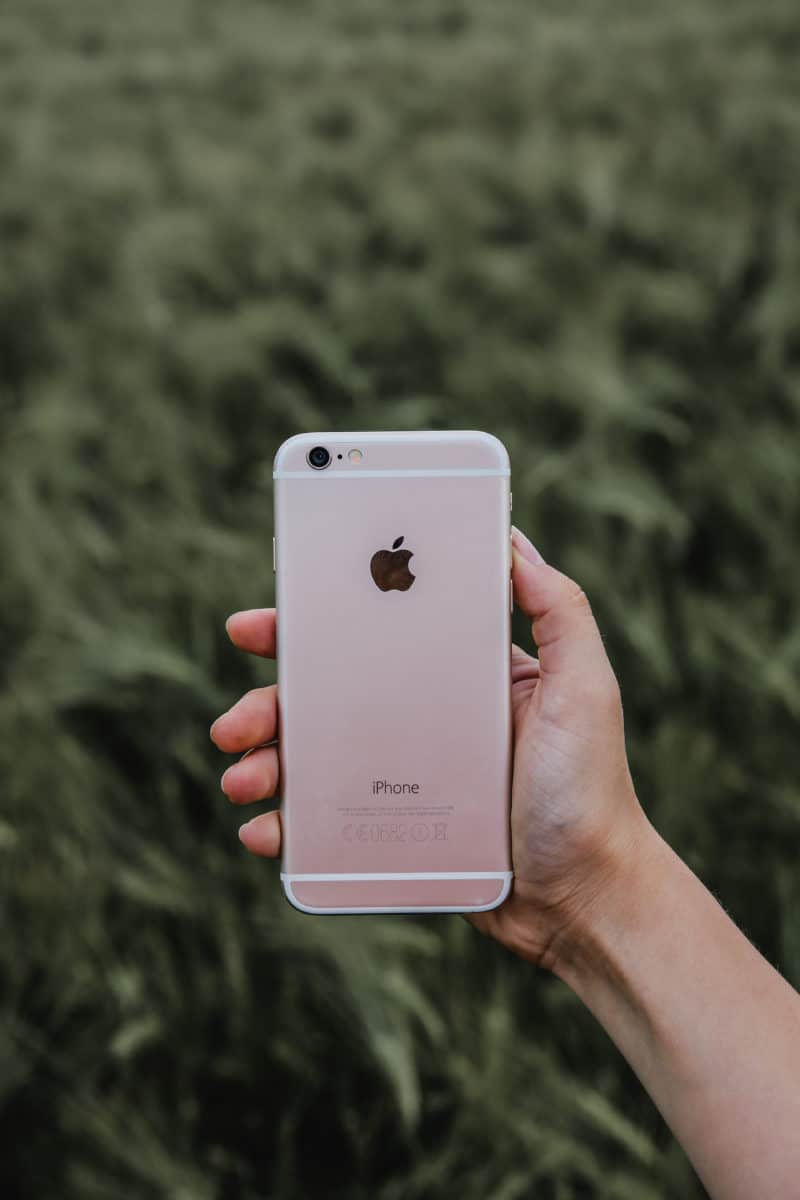
Apple Card – die Features
Die Apple Card ist, Stand heute, eine Kredit- und keine Debitkarte. Das heißt, je nach Kreditwürdigkeit der Kunden, variiert auch der Kreditrahmen. Je besser die Kreditwürdigkeit, desto höher der Kreditrahmen. Um die Apple Card auszugleichen kann Apple Cash, eine andere Kreditkarte oder eine hinterlegte Bank genutzt werden. Die Apple Card ist auf einen Nutzer beschränkt, es gibt keine “Multi-User”-Funktion. Sie kann überall dort genutzt werden, wo eine “normale” Mastercard akzeptiert wird – unabhängig davon, ob der Händler Apple Pay unterstützt. Egal wo die Apple Card eingesetzt wird (sei es virtuell oder am POS), die Wallet kategorisiert alle Buchungen und zeigt auch auf einer Karte an, wo eine Zahlung durchgeführt wurde. Die Apple Card kommt mit einem Cashback-System:
- die physische Karte bietet 1% Cashback
- die virtuelle Karte bietet 2% Cashback bei Apple Pay Käufen
- 3% gibt es beim Einsatz der Apple Card beim Kauf von Apple Produkten
Die Rückerstattung erfolgt entweder täglich auf das Apple-Cash-Guthaben oder monatlich auf die Apple Card als Guthaben.
Die Apple Card ist kostenlos, was nicht bedeutet dass keine Zinsen bezahlt werden müssen. Apple selbst sagt, dass die Zinsen für die Kreditkarte zwischen 13,24 und 24,4 Prozent betragen, je nach Kreditwürdigkeit. Wird die Karte nicht rechtzeitig ausgeglichen, werden aber keine Strafzinsen erhoben. Wiederum hat wohl ein (wiederholter) Zahlungsverzug Auswirkungen auf die Kreditwürdigkeit. Im besten Fall sind die erhobenen Zinsen deutlich geringer als im US-Durchschnitt. Der liegt bei 17,67%.
Der größte Vorteil der (virtuellen) Apple Card ist die Möglichkeit für nicht Apple Pay Zahlungen im E-Commerce virtuelle Kreditkartennummern zu generieren. Während des Zahlvorgangs wird in der Wallet die Kreditkartennummer angezeigt. Noch einmal die Details:
„Der größte Vorteil sind die virtuellen Kreditkartennummern.“
- Auf der physischen Apple Card wird keine Nummer angezeigt. Die App zeigt nur die letzten vier Ziffern der Kartennummer an, welche sich auch nur auf dem Magnetstreifen der Karte befindet. Nur als Kunde sieht man die vollständige Kartennummer der physischen Apple Card
- Stattdessen stellt Apple eine virtuelle Kartennummer und einen virtuellen Bestätigungscode (CVV) für die Karte in der App zur Verfügung. Diese kann für Käufe z.B. im E-Commerce benutzt werden. Die Nummer ist semi-permanent, d.h. man kann sie so lange verwenden, wie man will
- Auf Knopfdruck kann eine neue PAN (Primary Account Number) generiert werden.
- Kartennummern werden nur manuell generiert und ändern sich nicht automatisch. Derzeit gibt es keine reinen “Single-Use-Nummern” oder Wegwerfnummern.
- Jeder Kauf mit der physischen Apple Card erfordert einen Bestätigungscode. Damit wird der Missbrauch zusätzlich erschwert
- Purchase Notifications: Jede Transaktion wird in Echtzeit als Push-Nachricht versendet
- Payment Tracking: Apple zeigt bevorstehende Transaktionen an. Damit will Apple dem Nutzer die Übersicht in die Hand geben, die durch Kartenzahlungen prinzipiell verloren geht. Die Apple Card bietet also das Beste aus der analogen und digitalen Welt. Während Konsumenten bei der Nutzung von Bargeld jederzeit wissen, wie die Verfügbarkeit ist (Blick in die Geldbörse), geht diese Übersicht bei Kartenzahlungen verloren. Apple will diese Lücke schließen, indem man mehr Überblick bieten möchte. Dies erreichen sie durch:
- Push-Notifications
- Automatische Budgetierung
- Automatische Kategorisierung
- Payment-Tracking (was wurde wo gekauft und wann stehen neuen Zahlungen an?)
Die Privatsphäre und der Datenschutz
Niemand weiß irgendwas. So kann man es zusammenfassen. Weder Apple noch Goldman Sachs sammeln Kundendaten, um z.B. Werbung zu betreiben.
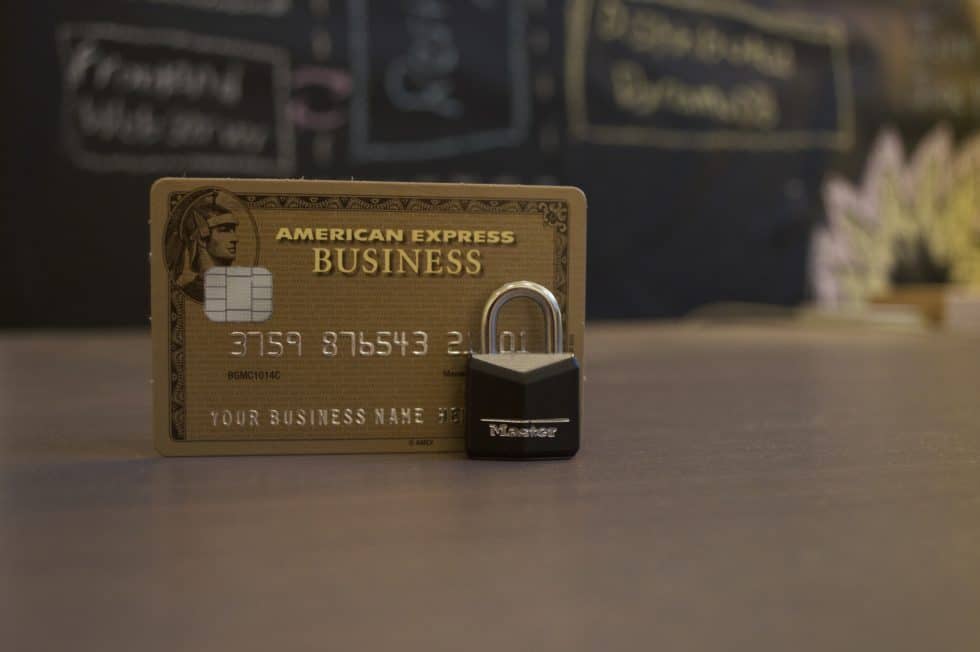
Wie bei jeder Kredit- oder Debitkarte, welche für Apple Pay genutzt wird, erstellt Apple eine eindeutige Kartennummer (Token) auf dem iPhone, welche im Secure Element des iPhones gespeichert wird. Alle Zahlungen werden mit Face ID oder Touch ID sowie zusammen mit einem einmalig einzigartigen dynamischen Sicherheitscode bestätigt.
Das bedeutet, dass Apple nicht wissen kann, in welchen Geschäften ein Kunde eingekauft hat, was gekauft oder wieviel bezahlt wurde.
Goldman Sachs, als Partner von Apple, kann Daten zwar für interne Berichtszwecke einsehen, aber sie dürfen diese nicht für externes oder internes Marketing bzw. Werbung verwenden.
Apple bietet einen 24/7-Support über iMessage an. Sollte es zu Problemen oder Fragen kommen, ist Apple für den Kunden erreichbar.
